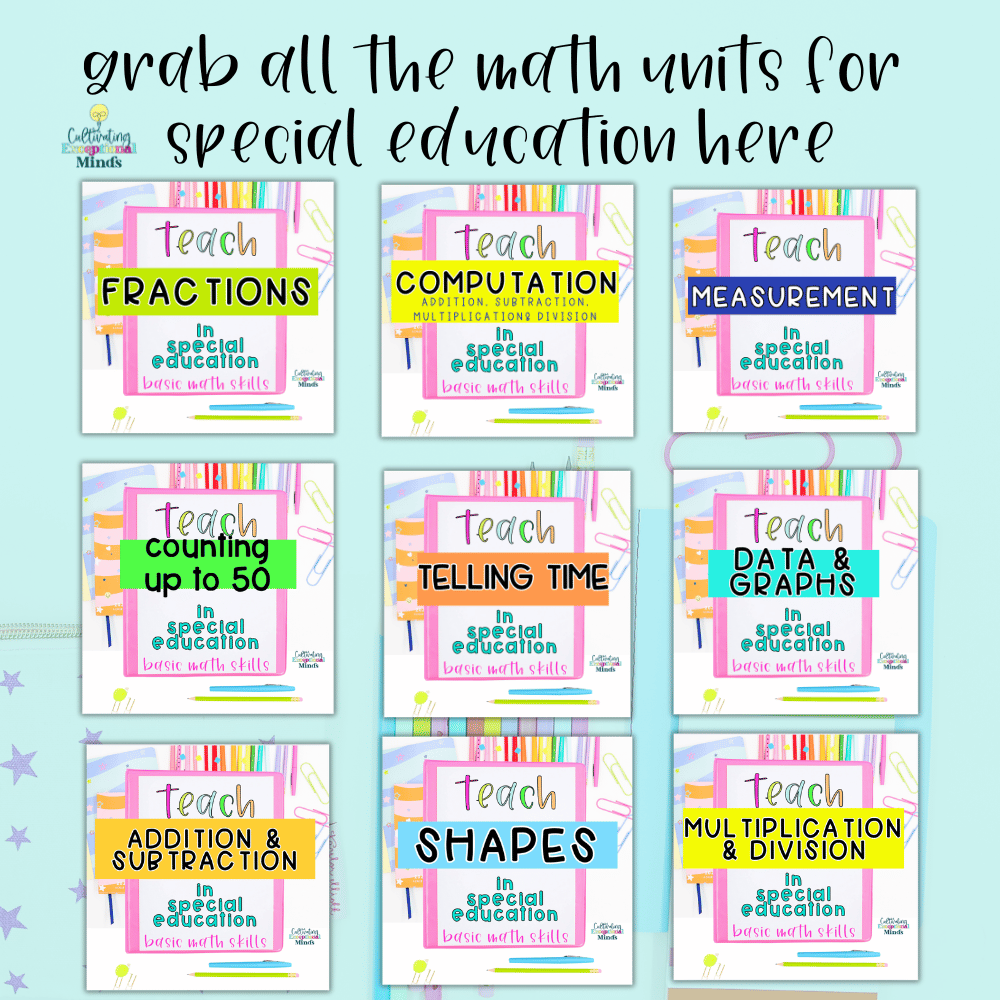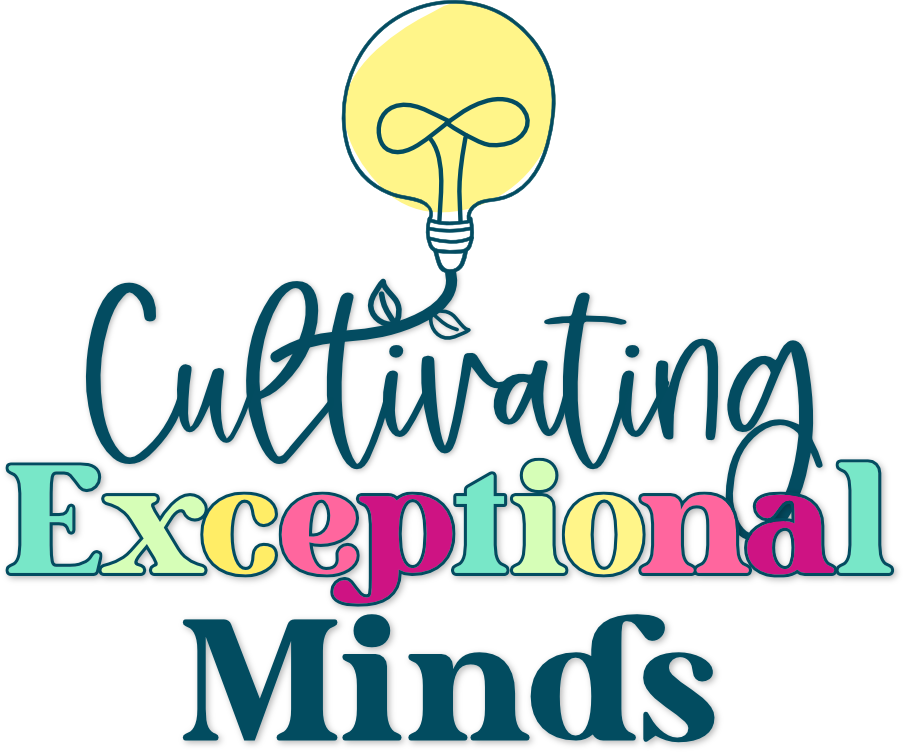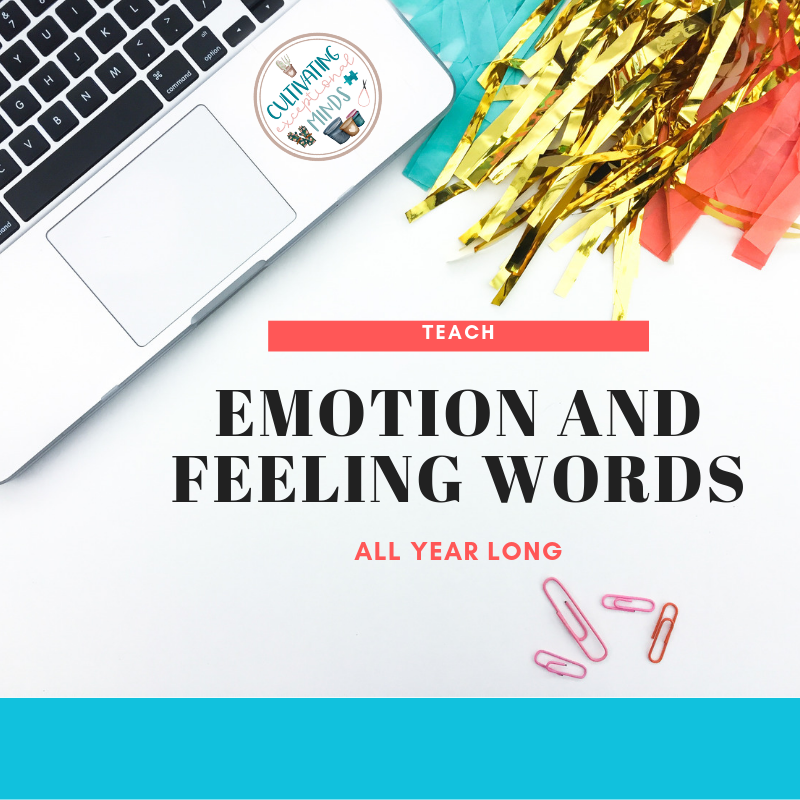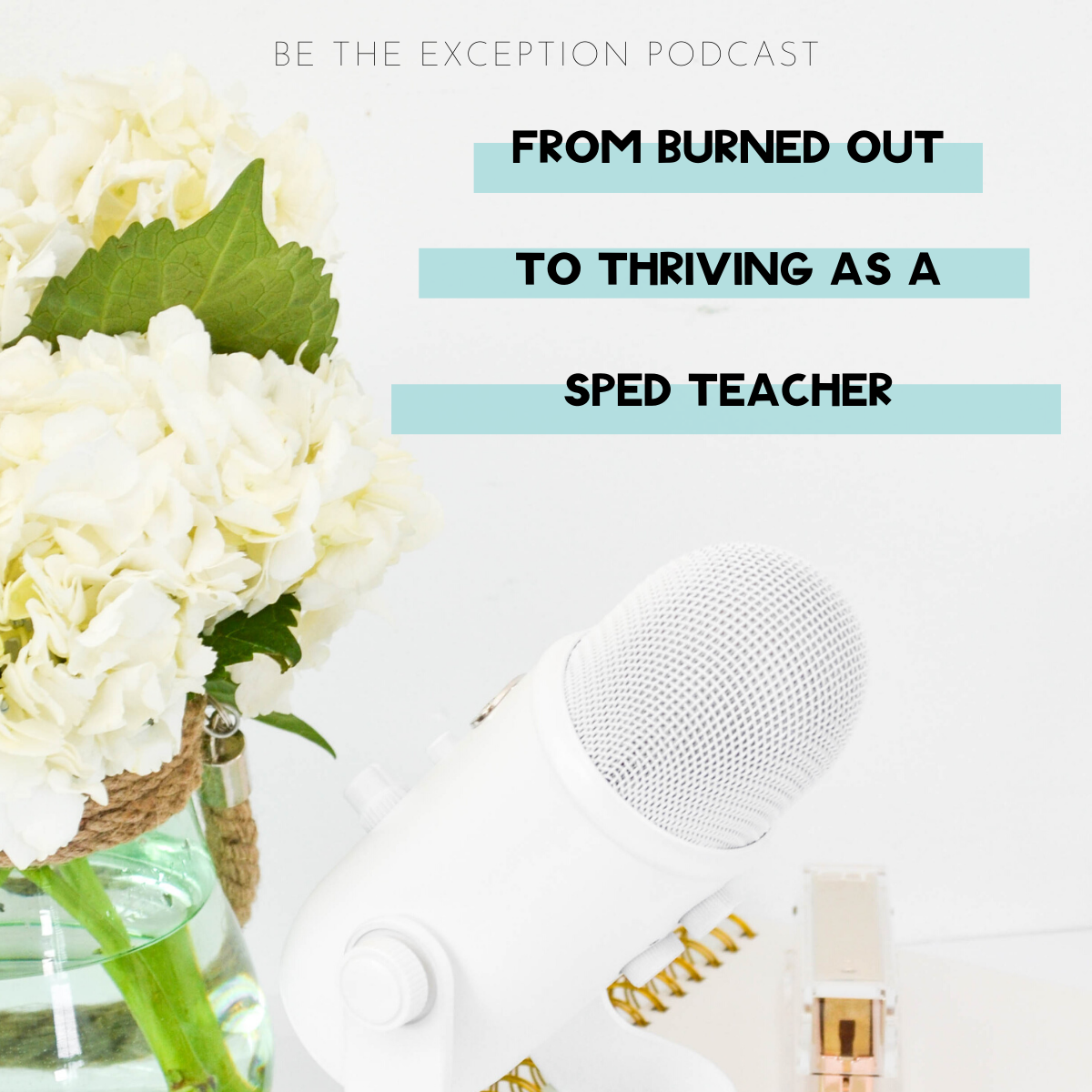Teaching measurement in special education classrooms doesn’t have to feel overwhelming. With the right strategies and engaging measurement worksheets for special education, students can explore real-world concepts like size, weight, and length in a way that feels both accessible and fun. Measurement activities provide critical life skills that students will use daily—whether they’re comparing the size of objects, identifying the correct tool to measure liquids, or determining which backpack holds more books.
This post introduces a complete unit designed specifically for self-contained special education classrooms. With a variety of interactive measurement worksheets for special education, plus hands-on activities, your students will stay engaged while meeting their math IEP goals.
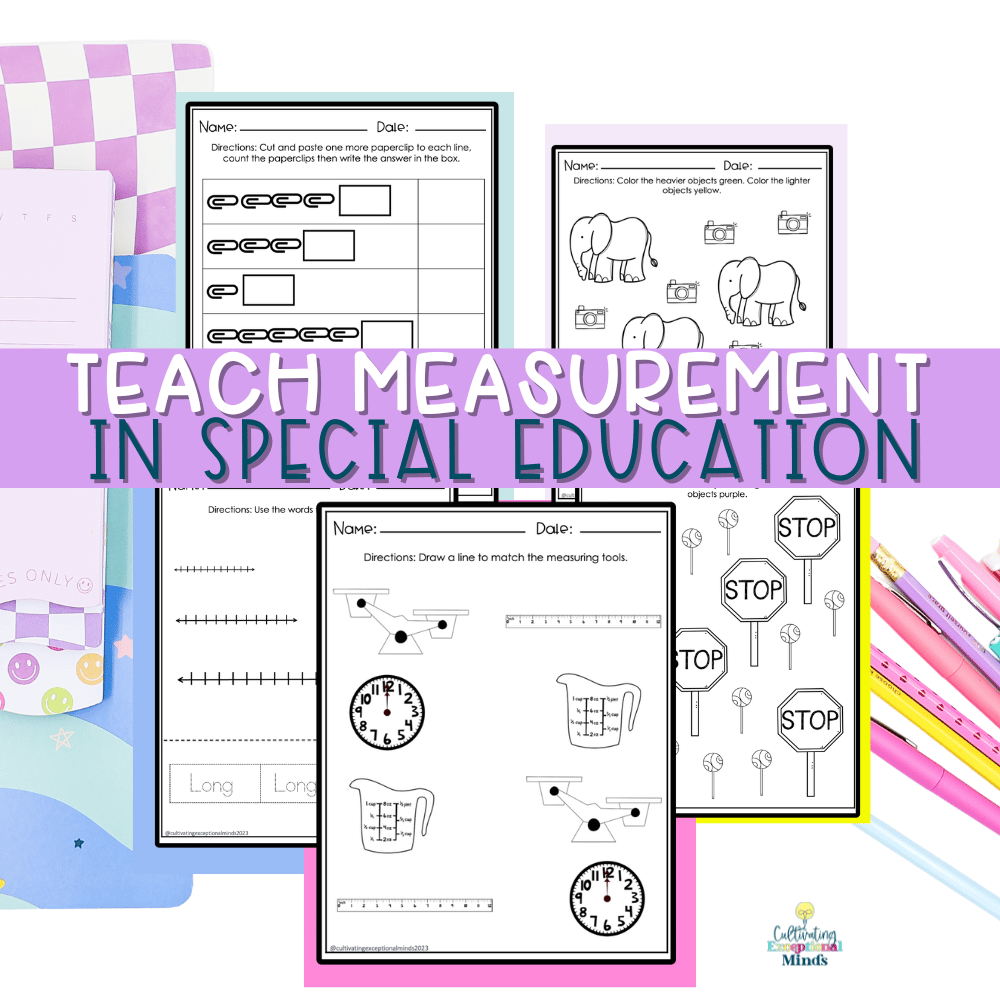
Why Focus on Measurement?
Measurement is one of the most practical math skills students can learn, as it directly connects to daily living. By teaching students how to sort items by weight, size, and length or how to identify measurement tools like rulers and measuring cups, you’re helping them build independence.
Incorporating measurement worksheets for special education ensures that students receive structured, scaffolded instruction that meets them where they are while allowing them to build confidence step by step.
What’s Included in This Measurement Math Unit?
This unit is packed with over 50 pages of interactive and differentiated materials, including:
- ✅ Sorting Tasks – Students categorize objects into groups like “heavier” vs. “lighter” to strengthen comparison skills.
- ✅ Coloring Activities – Engaging visuals allow students to color-code objects based on height, length, or weight.
- ✅ Cut-and-Paste Tasks – These activities are perfect for hands-on learners, reinforcing matching skills while also building fine motor coordination.
- ✅ Measurement Tools Matching – Students learn to pair objects with the correct tools, such as rulers, scales, and measuring cups.
- ✅ Interactive Tasks – Practical exercises, like using paperclips to measure lines, help students develop essential real-world skills.
- ✅ Real-World Practice – Students practice identifying larger vs. smaller measurement units to strengthen their math vocabulary.
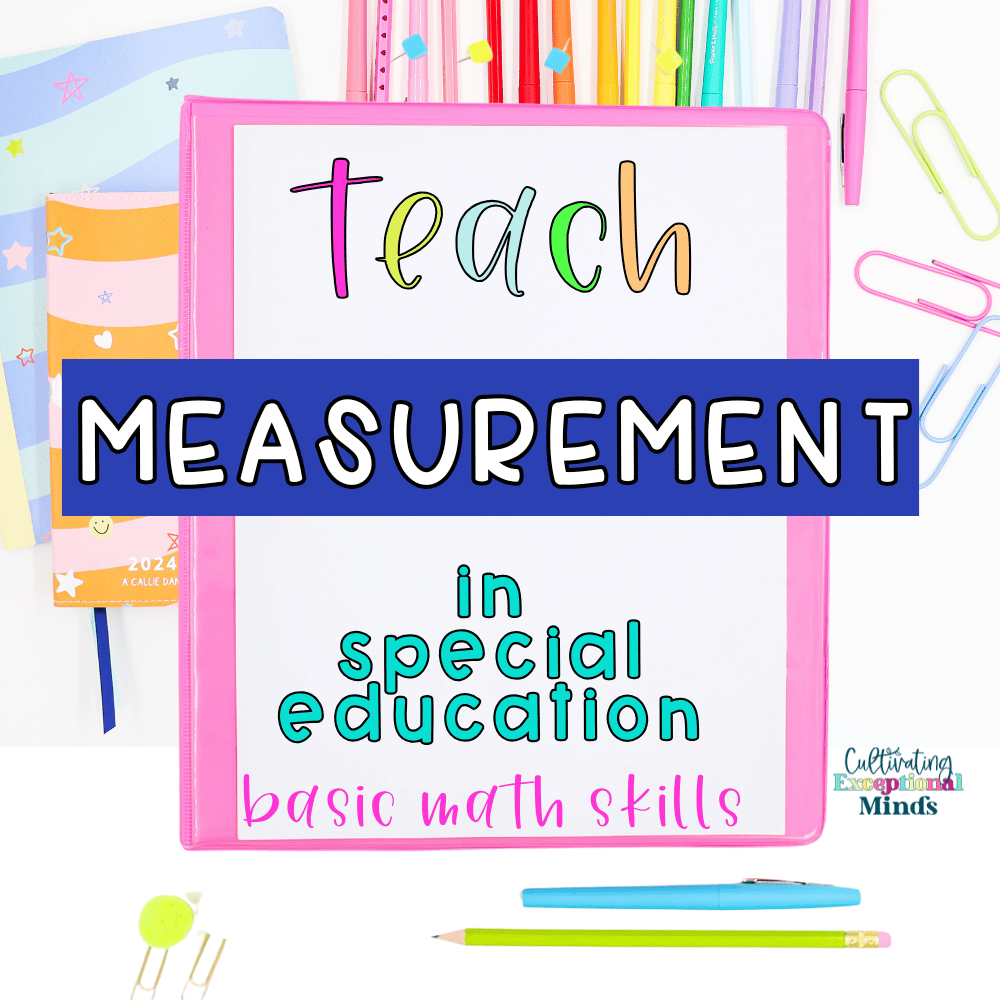
How to Use These Activities in Your Classroom
To maximize the impact of these activities, follow these simple steps:
- 📌 Start with Visual Tasks – Begin with sorting and coloring exercises to familiarize students with key measurement concepts like size and weight.
- 📌 Progress to Measurement Tools – Introduce scales, rulers, and measuring cups through interactive matching activities.
- 📌 Apply Real-Life Scenarios – Have students measure classroom objects, compare units, or determine which container holds more water to make the learning meaningful.
By using these measurement worksheets for special education, you’ll provide students with structured, engaging ways to build confidence in measurement skills while keeping lessons hands-on and interactive.
Free Sampler Available!
Want to try before you buy? Download our 4-page free sampler to preview engaging measurement worksheets for special education that will seamlessly fit into your teaching routine. These activities will help your students develop a strong foundation in measurement while ensuring that learning remains engaging and accessible.
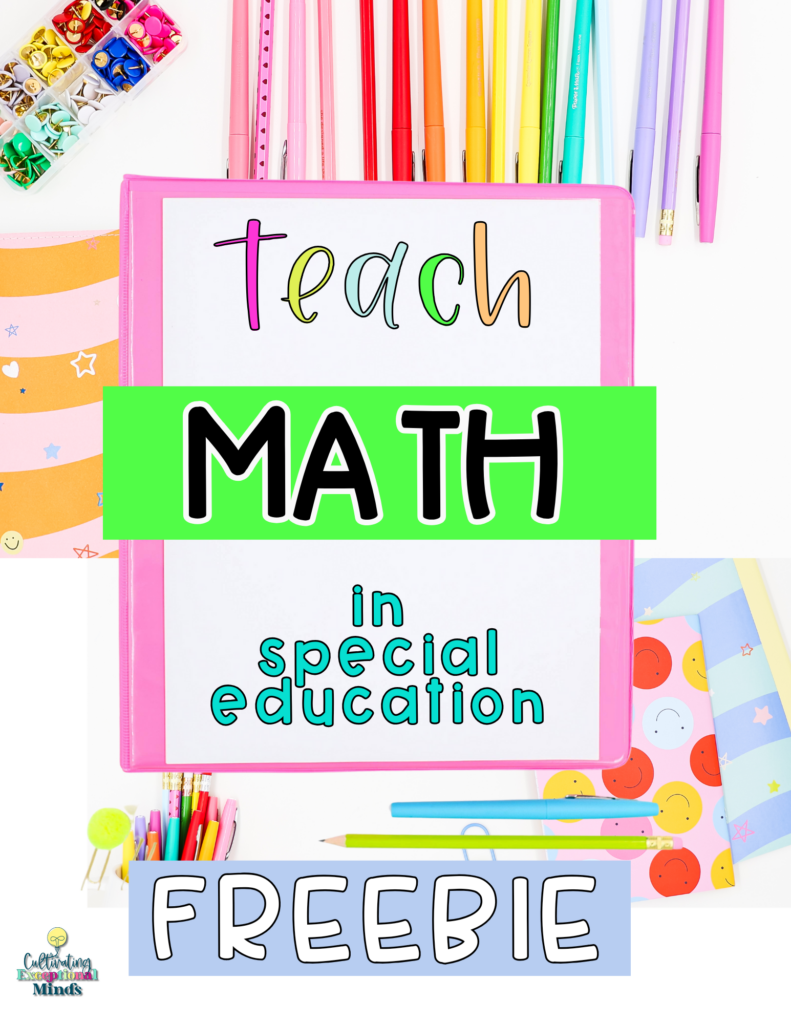
Keep the Learning Going!
Measurement is just one part of a well-rounded special education math curriculum. If you’re looking for additional resources, don’t miss our units on counting, shapes, and data and graphing activities. Each unit is designed to build math confidence while making learning fun and interactive.
For even more special education math strategies, check out our blog post on teaching shapes to special education students. You’ll find creative hands-on activities and ideas to keep students engaged in math all year long.
Teaching measurement doesn’t have to be stressful—it can be simple, engaging, and effective with the right tools. Download the full measurement worksheets for special education unit today and watch your students thrive in their math learning journey!
Don’t miss out:
📢 Ready to simplify your measurement lessons?
Grab your free sampler today or get the full unit to start teaching measurement with confidence!
